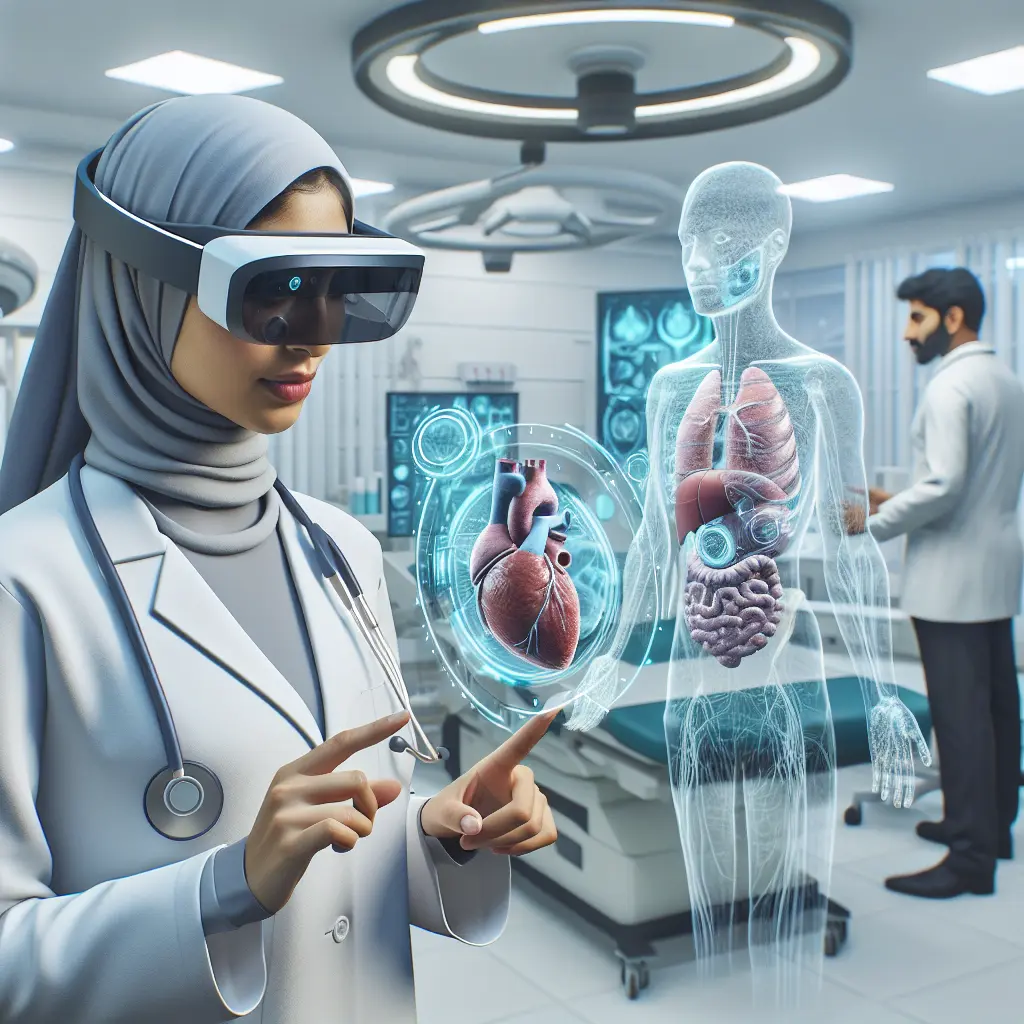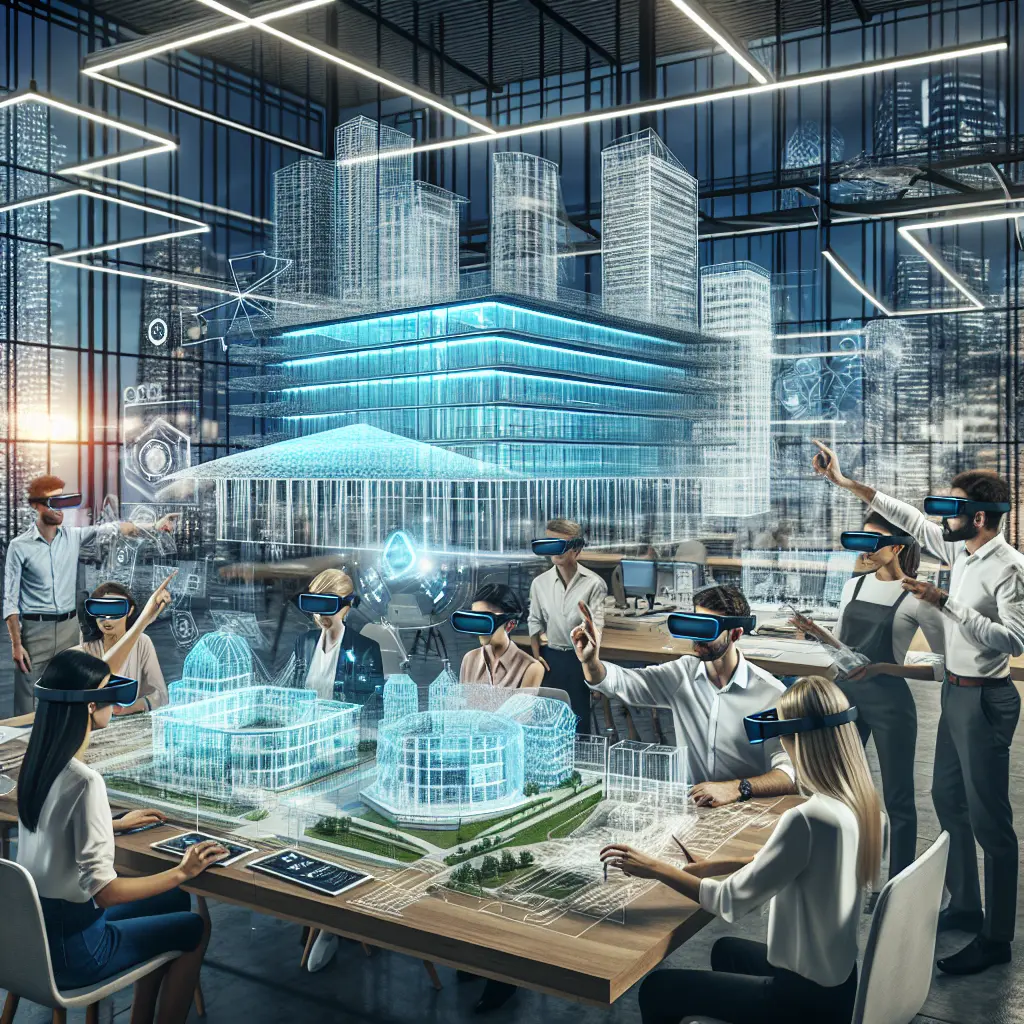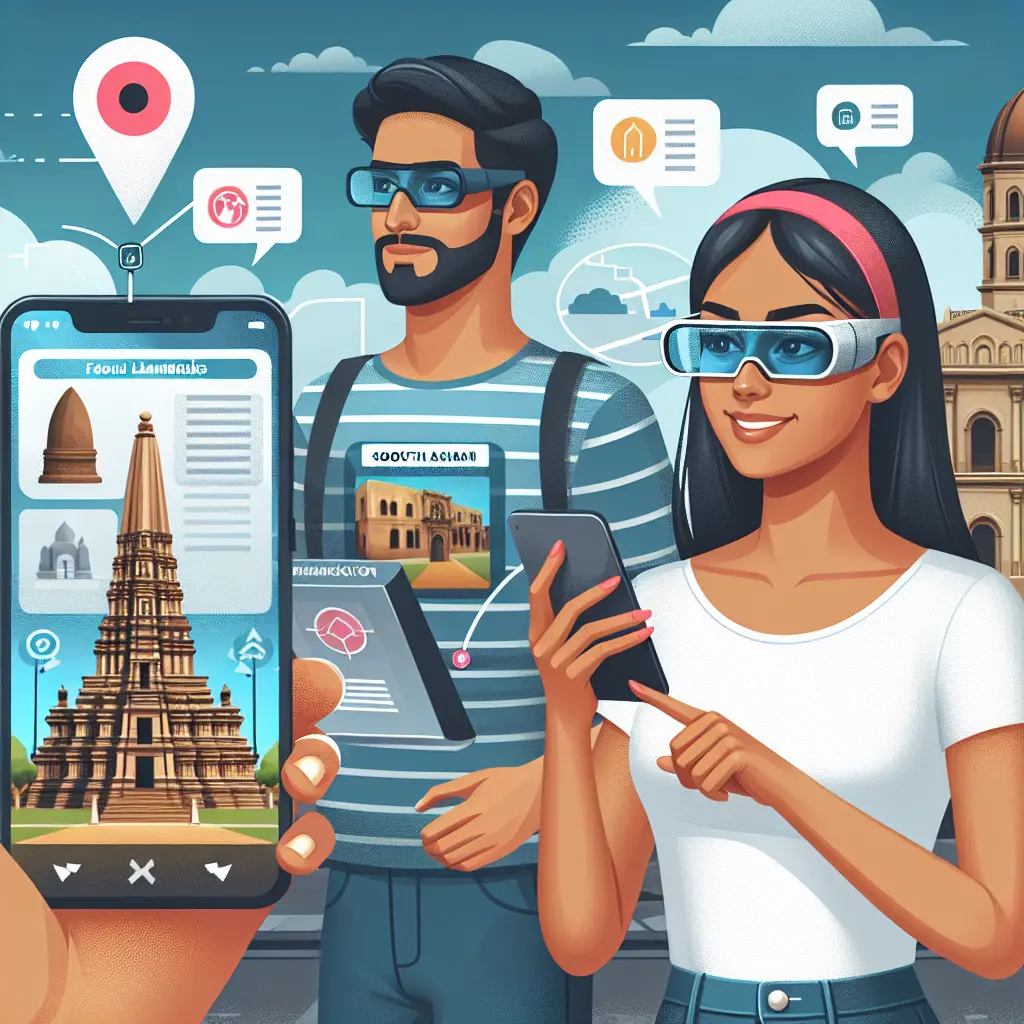In the ever-evolving landscape of retail, augmented reality (AR) is paving the way for a transformation that marries the convenience of online shopping with the tactile satisfaction of in-store experiences. As we delve into the current innovations and future potential of AR in retail, it's clear that this technology is reshaping how consumers interact with products, influencing both ecommerce and physical stores.
Augmented reality retail has become a focal point for businesses aiming to enhance customer engagement and streamline shopping processes. From AR shopping experiences that allow consumers to visualize products in their own space, to virtual fitting rooms that offer the convenience of trying clothes without physical constraints, the benefits are palpable. Interactive retail experiences facilitated by AR are not only captivating but also drive sales and improve customer satisfaction.
One of the most popular applications of AR technology in retail is virtual fitting rooms. These allow customers to try on clothes virtually, using just their smartphones or in-store kiosks. This tech not only adds convenience but also reduces the hassle of physical fitting, aligning perfectly with social distancing norms that have influenced recent shopping behaviors.
Further enhancing in-store experiences, augmented reality in-store navigation systems help customers navigate large stores effortlessly, directly leading them to desired products. Similarly, AR for product demonstrations vividly showcases product features and functionalities, enriching customer understanding and boosting confidence in purchasing decisions.
Personalized shopping experiences are another significant advantage brought forth by AR. By analyzing customer preferences and previous shopping behavior, augmented reality shopping apps can tailor suggestions and visualizations, making each shopping experience unique and deeply personal.
AR's Role in Marketing and Engagement
In marketing, AR for retail is proving to be a game-changer. Augmented reality customer engagement strategies, such as interactive ads and AR-enhanced shopping events, not only attract customers but also create memorable interactions that encourage loyalty and word-of-mouth promotion.
The Paris Olympics 2024 promises to showcase future sports broadcasting technologies enhanced by AR, hinting at similar applications in other industries, including retail. This could mean live AR streams of fashion shows or real-time sports merchandise trials that can revolutionize promotional strategies (Source).
Android 15's rollout includes features that enhance AR capabilities on mobile devices, not just for Google's Pixel but broadly across Android devices. These advancements are crucial as they expand the accessibility of AR features in ecommerce scenarios, allowing more users to experience AR shopping benefits seamlessly (Source).
Google's Pixel 9 has introduced an innovative AR camera feature that could influence future retail applications, such as AR try-on solutions or enhanced content creation for marketing (Source).
Current Trends and Innovations
Moreover, developments in video stylization technology like Live2Diff AI could transform how products are presented online, creating dynamic, customizable shopping visuals that engage users in immersive shopping scenarios (Source).
Despite the excitement around AR in retail, challenges such as hardware limitations and moderation issues persist. Real-time AR requires substantial processing power and sophisticated hardware, which are currently evolving (Source). Moreover, ensuring appropriate content and interactions within AR platforms remains a crucial concern for retailers aiming to maintain brand integrity and user safety.
Looking ahead, the future of retail with AR appears robust and promising. As technology matures and consumer acceptance increases, we can anticipate more widespread adoption of AR across different facets of retail. The integration of AI with AR could further personalize shopping experiences, making predictive recommendations based on user interactions more accurate and timely.
As we advance, digital-twin technology could revolutionize inventory management and product exploration in retail environments, enabling more interactive and informed shopping decisions (Source).
The journey of augmented reality in retail is just beginning. What we see today as innovative will soon become standard, transforming shopping into an even more interactive, personalized, and engaging activity. The integration of augmented reality in both physical stores and ecommerce platforms promises a brighter, more efficient future for the retail industry.










Leave a Comment